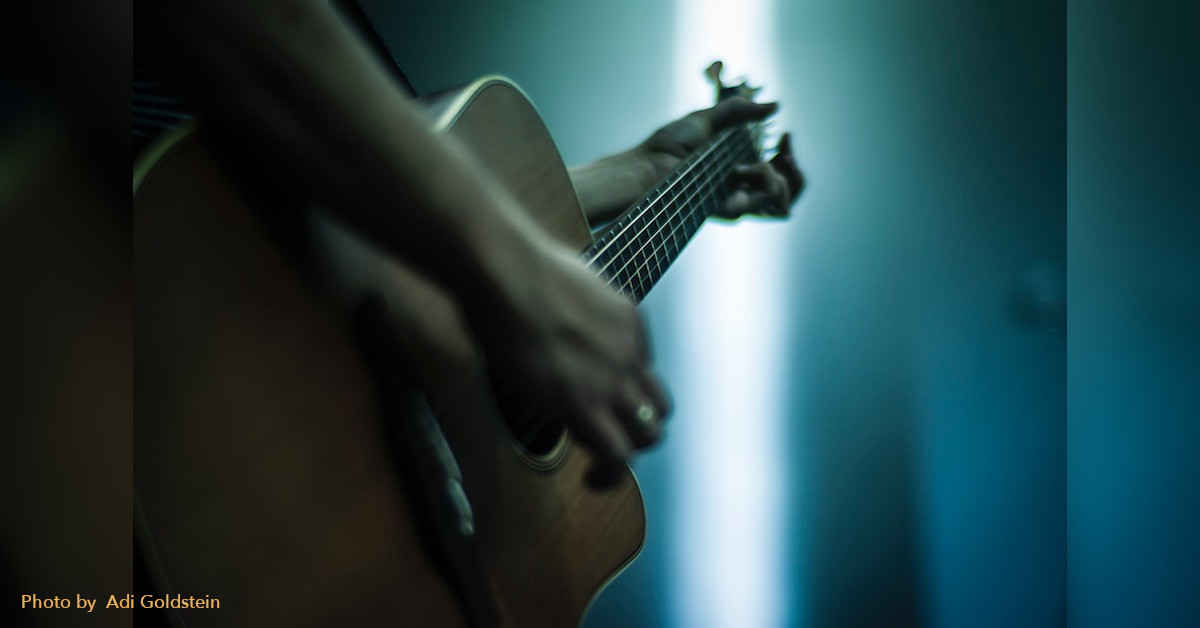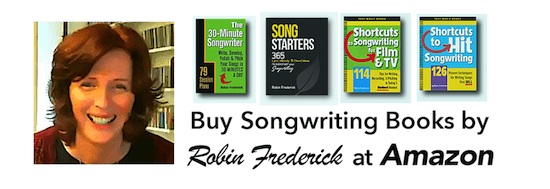
Imagine you and I are standing in a room full of people. If I suddenly start shouting at everyone, I will get their attention. But if I keep on shouting, after a while everyone will get bored and stop listening (and probably leave the room). It’s natural to think that being loud, is an attention getter. But if loudness becomes the norm then it ceases to be something interesting and attention drifts away.
It was the change in volume that got attention. We’re ‘hardwired’ to notice change, or contrast. When something is suddenly different, we check it out. What’s happening? What’s going on? It’s a survival mechanism, like the fight-or-flight response. Once we’re satisfied that everything is safe, we no longer need to devote energy to it and we stop paying attention.
So, let’s try this. If I speak softly for 30 seconds, then shout for 30 seconds, then speak softly again, each of those changes in volume level will attract attention. It’s the change, which we call contrast, that gets attention. Contrast says: “Hey, notice this! It’s different.” The more contrast, the more it captures attention.
In a song, we grab the listener’s attention and hold it by using CONTRAST.
Creating contrast in a song
If I sing in a loud, urgent tone of voice I will get attention, especially if the words are emotionally compelling – let’s call that “the chorus.” Then, if I employ a softer tone and the words reveal intimate details, I keep the listener involved because I’m doing something different. I’ve used contrast to create a new section. Let’s call this “the verse.”
Then, when I return to the first section – louder, more urgent – I’ve got their attention again and it’s clear that we’re not in the verse anymore, we’re in the chorus. I’ve created a structured experience, directed the listener’s attention and successfully kept them involved in what I’m doing. And I used contrast to do it.
This example of yelling and whispering – a change in volume – is pretty basic. In a song, we can also create contrast with
- NOTE RANGE
- PACE OF THE WORDS
- PHRASE LENGTHS
If you listen to some of your favorite hit songs, you’ll hear melody contrast between sections. The chorus is in a different note range (usually higher) than the verse (‘Set Fire to the Rain” by Adele, “Play It Again” by Luke Bryan). Or the verse may feature a lot of notes and words delivered rapidly while the chorus relies on long, stretched out notes and words (“Vertigo” by U2).
Songwriting techniques to try
Listen to a few hit songs you like and look for contrast between the verse and chorus. What makes each section distinctive? What catches your attention? How do you know you’re in a different section of the song?
Try adding contrast to one of your own songs by writing the verse in a low note range and the chorus in a higher note range, or write a verse with a lot of words sung quickly and a chorus with slower, smoother delivery of the words.

